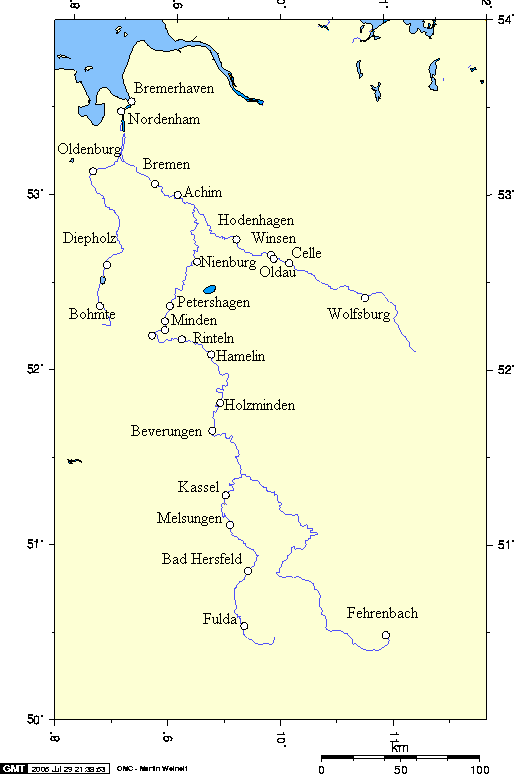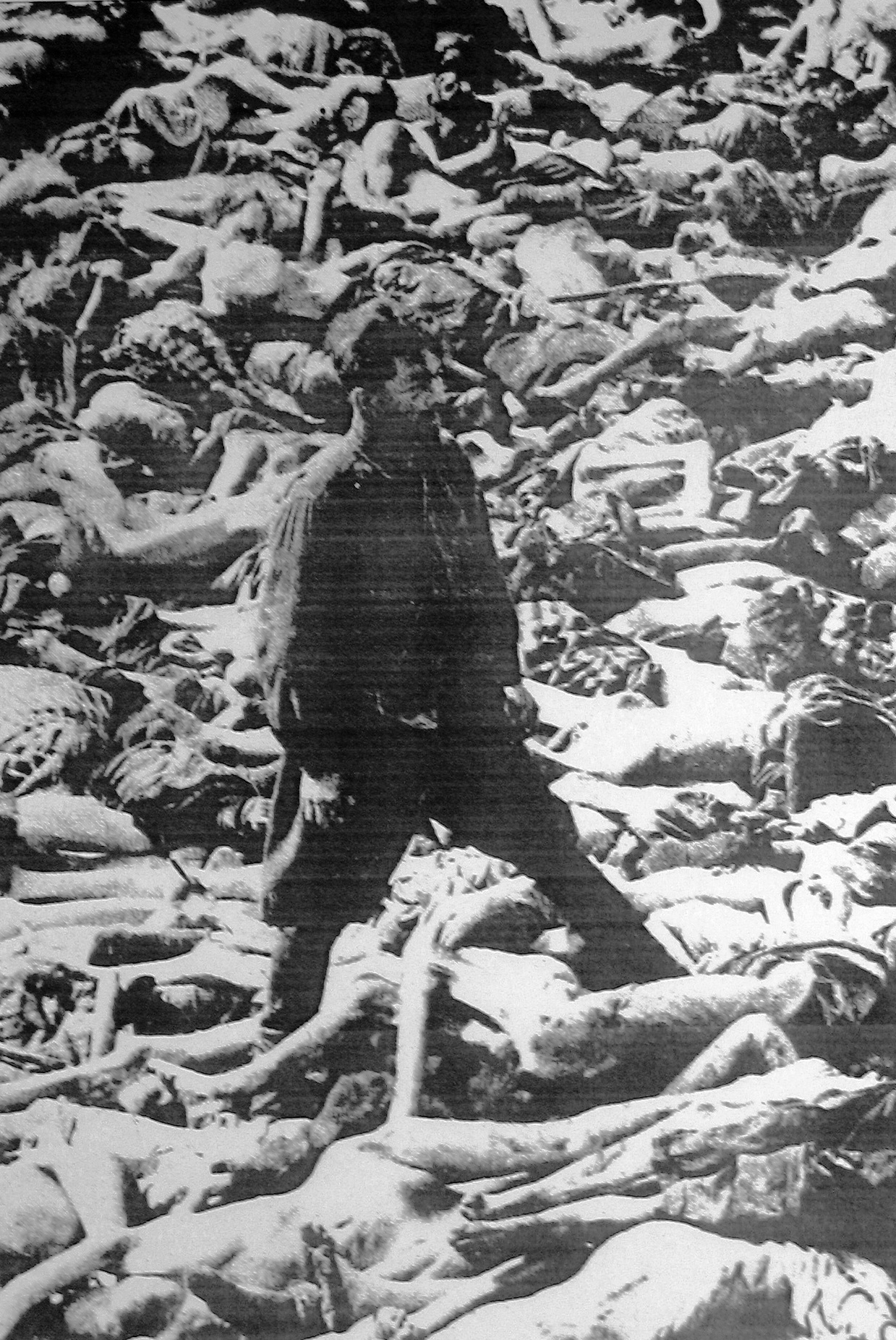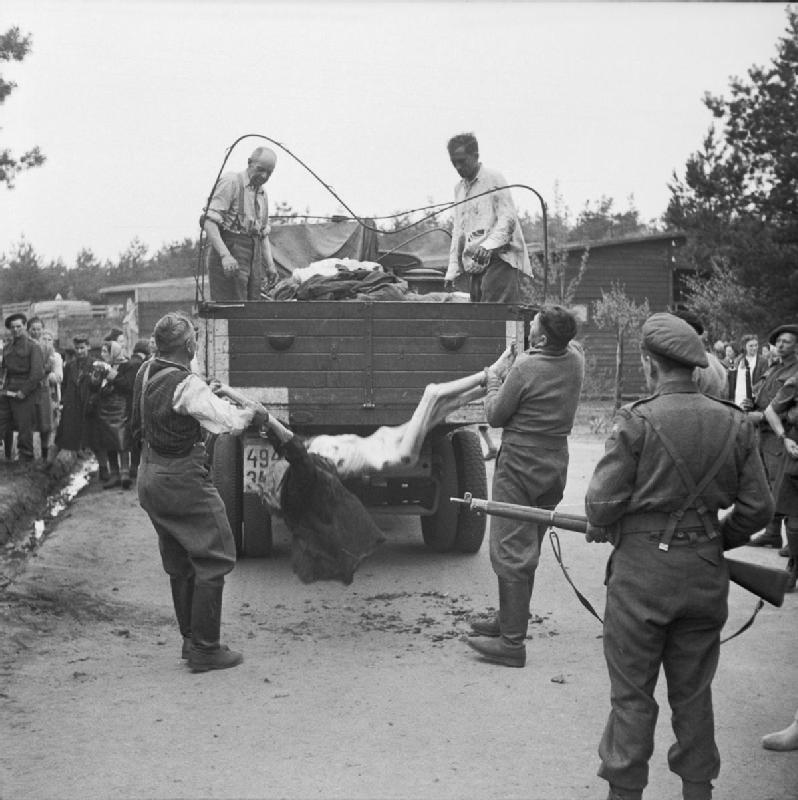|
Hamelin Prison
Hamelin Prison, also known as the ''Stockhof'', was a prison and penitentiary in Hamelin. The penal institution, which had a predecessor since 1698, existed from 1827 to 1980. It was located between the old town and the river Weser. The listed prison buildings are now used as a hotel. History The penal institution dates back to the ''Stockhof'' built in 1698, which housed prisoners condemned to build a fortress. The name came from the fact that the prisoners were tied to stocks in their dormitory at night to prevent escapes. A new prison was built in 1713 because of overcrowding. In 1827 a new building was built on the former site of the Hamelin Fortress directly on the Weser, from which some of the remaining remains of the building originate. There were three wings and outbuildings. This was the Royal Penitentiary, which became a Prussian prison in 1866. Nazi period From 1933, during the Nazi period, hundreds of political prisoners were imprisoned in addition to around 50 ... [...More Info...] [...Related Items...] OR: [Wikipedia] [Google] [Baidu] |
Hamelin
Hamelin ( ; german: Hameln ) is a town on the river Weser in Lower Saxony, Germany. It is the capital of the district of Hamelin-Pyrmont and has a population of roughly 57,000. Hamelin is best known for the tale of the Pied Piper of Hamelin. History Hamelin started with a monastery, which was founded as early as 851 AD. A village grew in the neighbourhood and had become a town by the 12th century. The incident with the "Pied Piper" (see below) is said to have happened in 1284 and may be based on a true event, although somewhat different from the tale. In the 15th and 16th centuries Hamelin was a minor member of the Hanseatic League. In June 1634, during the Thirty Years' War, Lothar Dietrich, Freiherr of Bönninghausen, a General with the Imperial Army, lost the Battle of Oldendorf to the Swedish General Kniphausen, after Hamelin had been besieged by the Swedish army. The era of the town's greatest prosperity began in 1664, when Hamelin became a fortified border town of ... [...More Info...] [...Related Items...] OR: [Wikipedia] [Google] [Baidu] |
Bernhard Siebken
__NOTOC__ Bernhard Siebken (4 April 1910 – 20 January 1949) was a German SS commander during World War II and a convicted war criminal. He was sentenced to death for the killing of Canadian prisoners of war and was executed in 1949. Siebken was one of the original members of the Leibstandarte SS Adolf Hitler (LSSAH). He took part in the invasion of Poland in 1939 and went on to serve on the Eastern Front. In 1944, Seibken commanded the 2nd Battalion, 26th SS Panzer Grenadier Regiment and later the 25th SS Panzer Grenadier Regiment; both with the SS Division Hitlerjugend. Siebken was awarded the Knight's Cross of the Iron Cross on 17 April 1945. After the end of the war, he stood trial for war crimes related to his activities while in command of the 2nd Battalion, 26th Panzer Grenadier Regiment of the LSSAH. He was found guilty in the shootings of Canadian prisoners of war from the Queen's Own Rifles during the Battle of Le Mesnil-Patry and hanged on 20 January 1949. Followin ... [...More Info...] [...Related Items...] OR: [Wikipedia] [Google] [Baidu] |
Emma Zimmer
Emma Anna Maria Zimmer (née Mezel; 14 August 1888 – 20 September 1948) was a female overseer at the Lichtenburg concentration camp, the Ravensbrück concentration camp and the Auschwitz-Birkenau extermination/concentration camp for several years during the Second World War. Mezel was born in Haßmersheim in Baden-Württemberg and was the eldest child of Oscar Mezel (a pharmacist) and his wife Maria née Lang. In 1938, she became a guard at the Lichtenburg early concentration camp, where she became assistant camp leader under Johanna Langefeld. In 1939, she was assigned to the Ravensbrück concentration camp, where she served as assistant chief leader, and in October 1942, she became assistant camp leader at Auschwitz II (Birkenau) as an SS-Stellvertretende Oberaufseherin. On 1 June 1943, one month before her 55th birthday, she was granted permission to stay on staff as a female overseer at Ravensbrück, despite her age. She was one of the first chief woman officers at Ravens ... [...More Info...] [...Related Items...] OR: [Wikipedia] [Google] [Baidu] |
Elisabeth Marschall
Elisabeth Marschall (May 27, 1886 – May 3, 1947) was the Head Nurse (''Oberschwester'') at the Ravensbrück concentration camp. Her duties included selecting prisoners for execution, overseeing medical experiments, and selecting which prisoners would be shipped to Auschwitz. She worked with Dr. Adolf Winkelmann and Dr. Percival Treite. At the Hamburg Ravensbrück trials, Marschall was found guilty and sentenced to death. On May 3, 1947, she was hanged by British executioner Albert Pierrepoint on the gallows in Hamelin Prison Hamelin Prison, also known as the ''Stockhof'', was a prison and penitentiary in Hamelin. The penal institution, which had a predecessor since 1698, existed from 1827 to 1980. It was located between the old town and the river Weser. The listed pr .... Nearly 61 when she died, Marschall was the oldest female Nazi war criminal to be executed by the British occupation authorities. References Sources * 1886 births 1947 deaths Holocaust perpe ... [...More Info...] [...Related Items...] OR: [Wikipedia] [Google] [Baidu] |
Dorothea Binz
Dorothea Binz (16 March 1920 – 2 May 1947) was a Nazi German officer and supervisor at Ravensbrück concentration camp during the Holocaust. She was executed for war crimes. Life Born to a lower middle-class German family in Försterei Dusterlake, Brandenburg, Germany, Binz attended school until she was 15. She volunteered for kitchen work at Ravensbrück in August 1939, and was given a position of '' Aufseherin'' (female overseer) the following month. Camp work Binz served as an ''Aufseherin'' under ''Oberaufseherin'' Emma Zimmer, Johanna Langefeld, Maria Mandl, and Anna Klein. Though she worked under higher-ranking guards, Binz was known as "the true star of the camp", and the "chief guard was completely overshadowed by her deputy." She worked in various parts of the camp, including the kitchen and laundry. Later, she is said to have supervised the bunker where prisoners were tortured and killed. She began as deputy director of her penal block in September 1940, and became d ... [...More Info...] [...Related Items...] OR: [Wikipedia] [Google] [Baidu] |
Ruth Neudeck
Ruth Closius-Neudeck was a '' Schutzstaffel'' (SS) supervisor at a Nazi concentration camp complex from December 1944 until March 1945. She was executed for war crimes. Early life Ruth Closius was born in Breslau, Germany (now Wrocław, Poland). She later married and was known as Ruth Neudeck or Ruth Closius-Neudeck. Camp work In July 1944, she arrived at the Ravensbrück concentration camp to begin her training to be a camp guard. Neudeck soon began impressing her superiors with her unbending brutality towards the female prisoners, resulting in her promotion to the rank of ''Blockführerin'' (Barrack Overseer) in late July 1944. In the Ravensbrück camp, she was known as one of the most ruthless female guards. Former French prisoner Geneviève de Gaulle-Anthonioz commented after the war that she had seen Neudeck "cut the throat of an inmate with the sharp edge of her shovel". In December 1944, she was promoted to the rank of Oberaufseherin, and moved to the Uckermark exterm ... [...More Info...] [...Related Items...] OR: [Wikipedia] [Google] [Baidu] |
Bergen-Belsen Concentration Camp
Bergen-Belsen , or Belsen, was a Nazi concentration camp in what is today Lower Saxony in northern Germany, southwest of the town of Bergen near Celle. Originally established as a prisoner of war camp, in 1943, parts of it became a concentration camp. Initially this was an "exchange camp", where Jewish hostages were held with the intention of exchanging them for German prisoners of war held overseas. The camp was later expanded to accommodate Jews from other concentration camps. After 1945, the name was applied to the displaced persons camp established nearby, but it is most commonly associated with the concentration camp. From 1941 to 1945, almost 20,000 Soviet prisoners of war and a further 50,000 inmates died there. Overcrowding, lack of food and poor sanitary conditions caused outbreaks of typhus, tuberculosis, typhoid fever and dysentery, leading to the deaths of more than 35,000 people in the first few months of 1945, shortly before and after the liberation. Th ... [...More Info...] [...Related Items...] OR: [Wikipedia] [Google] [Baidu] |
Kapo
A kapo or prisoner functionary (german: Funktionshäftling) was a prisoner in a Nazi camp who was assigned by the ''Schutzstaffel'' (SS) guards to supervise forced labor or carry out administrative tasks. Also called "prisoner self-administration", the prisoner functionary system minimized costs by allowing camps to function with fewer SS personnel. The system was designed to turn victim against victim, as the prisoner functionaries were pitted against their fellow prisoners in order to maintain the favor of their SS overseers. If they neglected their duties, they would be demoted to ordinary prisoners and be subject to other kapos. Many prisoner functionaries were recruited from the ranks of violent criminal gangs rather than from the more numerous political, religious, and racial prisoners; such criminal convicts were known for their brutality toward other prisoners. This brutality was tolerated by the SS and was an integral part of the camp system. Prisoner functionaries wer ... [...More Info...] [...Related Items...] OR: [Wikipedia] [Google] [Baidu] |
Vera Salvequart
Vera Salvequart (26 November 1919 – 26 June 1947) was a Sudeten German nurse and kapo at Ravensbrück concentration camp from December 1944 to 1945. She was executed in 1947 following the Ravensbrück Trials. Biography Born in Ohníč in Czechoslovakia in 1919, she moved to Germany sometime afterwards. She was first arrested in 1941 for having a relationship with a Jewish man and for refusing to divulge his whereabouts to the Gestapo. She served 10 months in a prison in Flossenbürg concentration camp for that, and then in 1942, she was again arrested for another relationship with a Jew and served another two years in prison. On 6 December 1944 she was arrested on charges of helping five detained officers escape, and was then sent to Ravensbrück, which had become a death camp for female prisoners at that point in the war. She served in the camp's medical wing as a nurse during her stay, and oversaw the gassing of thousands of women. Her job was to fill out death ce ... [...More Info...] [...Related Items...] OR: [Wikipedia] [Google] [Baidu] |
Fritz Klein
Fritz Klein (24 November 1888 – 13 December 1945) was an Austrian Nazi doctor and war criminal, hanged for his role in atrocities at Auschwitz concentration camp and Bergen-Belsen concentration camp during the Holocaust. Early life and education Klein was born in Feketehalom, Austria-Hungary (now Codlea in central Romania). Klein was considered a , or ethnic German. He studied medicine at the University of Budapest and completed his military service in Romania, finishing his studies in Budapest after World War I. He lived and worked as a doctor in Siebenbürgen (Transylvania), Romania. In 1939, as a Romanian citizen, he was drafted into the Romanian army, where, after the outbreak of the war with the Soviet Union in 1941, he served as a paramedic on the eastern front. In May 1943, Romanian fascist dictator Marshal Antonescu, on a demand from Hitler to release ethnic Germans in the Romanian Army, drafted them into the German army. Hence Klein became a soldier in the Waff ... [...More Info...] [...Related Items...] OR: [Wikipedia] [Google] [Baidu] |
Josef Kramer
Josef Kramer (10 November 1906 – 13 December 1945) was Hauptsturmführer and the Commandant of Auschwitz-Birkenau (from 8 May 1944 to 25 November 1944) and of the Bergen-Belsen concentration camp (from December 1944 to its liberation on 15 April 1945). Dubbed the Beast of Belsen by camp inmates, he was a German Nazi war criminal, directly responsible for the deaths of thousands of people. He was detained by the British Army after the Second World War, convicted of war crimes, and hanged on the gallows in the prison at Hamelin by British executioner Albert Pierrepoint. Early life Josef Kramer, an only child, was born and raised in Munich in a middle-class family. His parents, Theodore and Maria Kramer, brought him up as a "strict Roman Catholic". In 1915, the family moved from Munich to Augsburg, where Josef Kramer attended school. He began an apprenticeship as an electrician in 1920. From 1925 to 1933, except for working in a department store and as an accountant, he was most ... [...More Info...] [...Related Items...] OR: [Wikipedia] [Google] [Baidu] |


.jpg)

